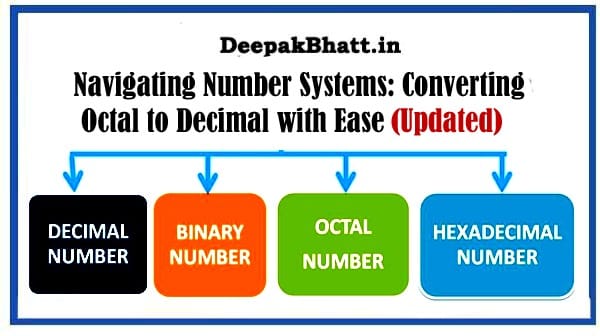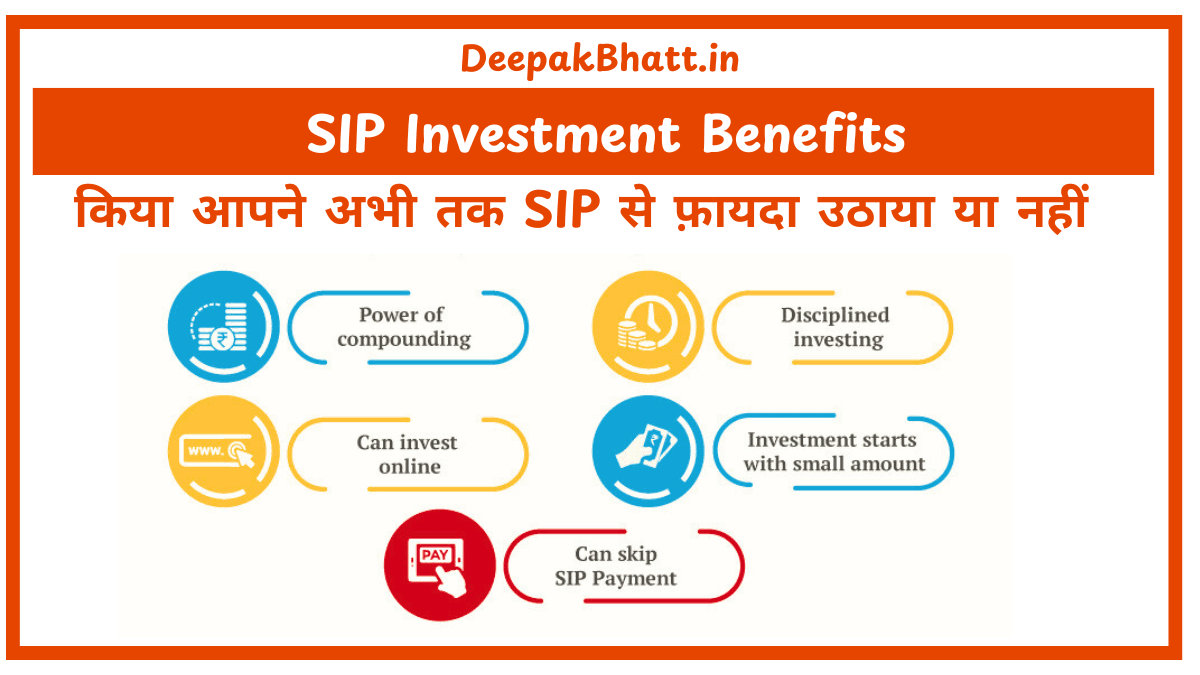Navigating Number Systems The number is a mathematical value used to count and measure objects and to calculate arithmetical calculations.
There are various categories of numbers such as natural numbers, whole numbers, and rational and irrational numbers. Similarly, various types of number systems have different characteristics such as binary numbering systems, octal numbering systems, decimal numbering systems, or hexadecimal numbering systems.
From computer science to mathematics it is important to understand number systems. Characteristics and applications of each number system are unique and it is a valuable skill to master art of conversion between them. We’ll focus on octal to decimal step by step conversion and provide you with a step by step guide for making this process more easy.
What are Number Systems?
A number system is a representation of numbers. It’s also called a numeration system and it defines a set of values to represent a quantity. The Most commonly used digits are 0 and 1. These are used to represent binary numbers. For other types of number systems digits from 0 to 9 are used.
Number Systems Definition
By using digits or other symbols in a consistent way a number system is defined as a representation of numbers. The value of any digit in a number can be determined by a digit, its position in the number the base of the number system. Numbers have a special representation and allow us to perform arithmetic operations such as addition, subtraction, or multiplication.
Number System Types
The main four types of number systems are the following:
- Binary number system
- Octal number system
- Decimal number system
- Hexadecimal number system
Binary Number System
Only two digits are used in the binary number system 0 and 1. There’s a base of 2 numbers in this system. Digits 0 and 1 are called bits and 8 bits together make a byte. Data on the computer is stored in bits and bytes.
Octal Number System
Eight digits are used in the octal system 0,1,2,3,4,5,6 and 7 with base 8. The advantage of this system is that it has smaller digits compared to a number of other systems which means there would be fewer computational errors. The Octal number system does not include numbers like 8 and 9.
Decimal Number System
Ten digits are used in the decimal system 0,1,2,3,4,5,6,7,8 and 9 with a base number of 10. A System that we normally use to represent numbers in real life is the decimal number system. When a number is represented without a base it means that its base is 10.
Hexadecimal Number System
Sixteen digits of the alphabet are used in the hexadecimal system: 0,1,2,3,4,5,6,7,8,9 and A, B, C, D, E, F with a base number of sixteen. Here A-F of the hexadecimal system means numbers from 10-15 of the decimal number system respectively. In computers, this system is used to reduce the large number of strings in a binary system.
Octal to Decimal Conversion:
There is a simple process to convert octal numbers into decimals. To make conversion as smooth as possible proceed with these steps:
Step 1: Understand Place Values
The Place value of each digit is an absolute power of 8 according to the Octal System. The value of place shall increase by eight powers from the rightmost digit. For example rightmost digit represents 8^0 and the next digit to the left represents 8^1 and so on.
Step 2: Write Down the Octal Number
Write down octal numbers to begin with. Let’s take octal number 345 for instance.
Step 3: Assign Place Values
As described in step 1 assign place values to each digit based on its position. To octal number 345:
5×8^0, 4×8^1, 3×8^2
Step 4: Perform the Calculations
Multiply the value of each digit by its place value and sum it up. Let’s continue with our example:
5×1+4×8+3×64
Step 5: Simplify
Now simplify the expression:
5+32+192
Step 6: Get Decimal Equivalent
Result 229 is the decimal equivalent of the octal number 345.
Tips for Easy Conversion:
Break It Down: You can break octal numbers into individual digits and convert each digit separately. This will simplify the procedure.
Use Powers of 8: To quickly determine place values use powers of 8. When dealing with larger octal numbers this is particularly useful.
Practice: As you work with more complex octal numbers this skill will be even more valuable.
Real-World Applications:
Understanding octal to decimal conversion is not only an academic exercise but also holds practical implications. octal numbers are sometimes used to represent binary code values more
accurately in computer science. It is crucial to convert these autographs into digits to interpret the information they contain.
Conclusion:
The key skill in any field is to master the conversion of number systems and octal to decimal conversion is no exception.
You can approach these conversions with confidence by following the steps described in this article as well as get knowledge about digital marketing strategies.
The process will be more efficient if you understand the principles of place values and use your mind’s math techniques to simplify number systems.
Consider exploring other number system conversions such as hexadecimal to decimal to further improve your numerical skills as you practice and become more comfortable with octal to decimal conversions.
आप सभी का मेरी वेबसाइट पर स्वागत है। मैं Blogging, earning money online और अन्य Categories से संबंधित Post Updates करता रहता हूँ। यहाँ आपको बहुत अच्छी Post पढ़ने को मिलेंगी। जहाँ से आप बहुत सारा Knowladge बढ़ा सकते हैं। आप हमारी website और Social Media के माध्यम से हमसे जुड़ सकते हैं। धन्यवाद







